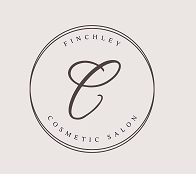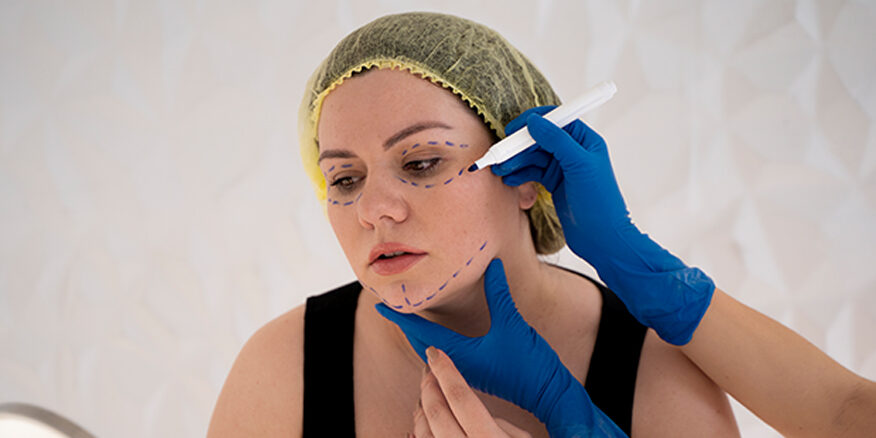Thread veins, often known as spider or telangiectasia, are small, visible blood vessels lying just beneath the skin’s surface. They commonly appear as red, blue, or purple lines, especially on the face and legs. While harmless, these veins can be a source of self-consciousness for many, prompting a search for reliable and lasting cosmetic treatments.
In this blog, we’ll explore what causes thread veins, the most common thread vein treatment in London available, and why sclerotherapy stands out as a safe and effective solution. Whether you’re looking to understand your options or considering treatment yourself, this guide will help you make an informed decision.
What Are Thread Veins?
Thread veins are small, broken, or widened capillaries. Although they don’t typically cause discomfort, their appearance can be bothersome. They are often found on:
• The legs, especially the thighs, calves, and ankles
• The face, particularly around the nose and cheeks
These veins may worsen with age, hormonal changes, or prolonged pressure from standing or sitting. Fortunately, a range of thread vein treatments, especially sclerotherapy, can significantly improve their appearance.
What Causes Thread Veins?
Multiple factors can contribute to thread veins:
• Genetics: A family history of vein issues increases the risk.
• Hormonal shifts: Pregnancy, menopause, and hormonal medications can all play a role.
• Sun exposure: Damages the skin and blood vessels, especially on the face.
• Aging: Thinner skin and less elastic blood vessels make veins more visible.
• Inactivity: Long periods of standing or sitting can affect circulation.
• Trauma: Skin injuries can sometimes lead to thread veins forming.
Regardless of the cause, the good news is that modern treatments for thread veins are both safe and effective.
The Gold Standard: Sclerotherapy
Among all thread vein treatments in London, sclerotherapy is often seen as the gold standard, especially for veins in the legs. This minimally invasive procedure has been around for decades and consistently delivers impressive results.
How Sclerotherapy Works
Sclerotherapy involves injecting a special solution directly into the affected vein. This solution irritates the inner lining of the vessel, causing it to collapse. Over time, the collapsed vein is naturally absorbed by the body and fades from view.
Key benefits include:
• Highly effective for leg thread veins
• Minimally invasive, with no need for general anesthesia
• Quick procedure, usually lasting 15 to 30 minutes per session
• Little to no downtime. Most patients can resume normal activities right away
Who it’s for:
• People with small to medium-sized thread veins
• Especially good for treating lower limb veins that aren’t suitable for laser treatment
• Not recommended during pregnancy or while breastfeeding
Many practitioners recommend sclerotherapy as the first choice for leg veins because of its proven results, affordability, and reliability.
Other Thread Vein Treatments
While sclerotherapy is highly effective, there are some other thread vein treatments in London.
- Microsclerotherapy
A variation of sclerotherapy that uses finer needles, making it ideal for small, delicate thread veins. It offers the same benefits as traditional sclerotherapy but with more precision, especially useful for treating ankles or small leg veins.
- Laser Therapy
This treatment uses focused light energy to target and collapse thread veins. It’s especially effective on the face, where injections might not be suitable. There are no needles involved, and sessions are usually quick.
• Best for: Facial veins and small, superficial capillaries
• Downtime: Minimal
• Effectiveness: High, though multiple sessions may be needed
- Thermocoagulation (like Veinwave or ThermaVein)
This method delivers a brief burst of electrical energy through a tiny probe, causing the vein to coagulate and disappear. It’s great for very fine or facial thread veins and provides instant visible results.
• Best for: Nose, cheeks, and other sensitive areas
• Benefits: Painless, no downtime, immediate improvement
What to Expect During Thread Vein Treatment in London
A consultation is the first step, where your practitioner will assess the location and severity of your thread veins and recommend the best treatment for you.
For sclerotherapy:
• The area is cleaned and prepared.
• A fine needle injects the sclerosing solution into the vein.
• You might feel a mild tingling or cramping during the injection.
• Compression stockings may be recommended after treatment to help with healing.
Most people need 2 to 3 sclerotherapy sessions for the best results, usually spaced a few weeks apart. Treated veins typically start to fade within a few weeks, but full results can take 1 to 2 months.
Aftercare and Maintenance of Thread Vein Treatment in London
After thread vein treatments, especially sclerotherapy, proper care of the treated area is key to promoting healing, avoiding complications, and getting the best results.
General aftercare tips:
• Wear compression stockings: This helps compress the treated veins, improve blood flow, and reduce swelling or bruising. You’ll usually need to wear them for several days after treatment – sometimes up to two weeks, depending on your practitioner’s advice.
• Avoid hot environments: Stay away from hot baths, saunas, and steam rooms for at least 48 to 72 hours after treatment. Heat can dilate blood vessels and slow down healing.
• Keep moving: Gentle walking helps boost circulation, flush out treated veins, and prevent clotting. Avoid high-impact exercise for a few days.
• No sun exposure: Treated areas can be more sensitive to UV rays. Too much sun too soon can cause pigmentation or irritation. If you need to be outside, use SPF 30 or higher.
• Avoid tight clothing: Restrictive clothes can irritate the area or restrict blood flow. Choose loose, breathable clothing after treatment.
What’s normal after treatment?
• Mild redness, swelling, or bruising is common and usually goes away within a few days.
• You might notice hard lumps or slight discoloration where veins were treated. This is part of the healing process and typically fades on its own.
• Sometimes veins may look darker before they fade. This is temporary.
Follow-up care:
Your practitioner may schedule a follow-up appointment to check your progress and see if you need more sessions. Most people get the best results with 2 to 3 treatments spaced several weeks apart.
Long-term maintenance:
While treated thread veins usually don’t come back, new ones can form, especially if factors like genetics, prolonged standing, or sun exposure continue. Maintenance treatments every 12 to 24 months can help keep your results looking their best.
Why Choose Professional Thread Vein Treatment in London?
Over-the-counter creams and so-called natural remedies for thread veins usually don’t make much of a difference. On the other hand, professional treatments, especially sclerotherapy, sclerotherapy is medically proven and target the problem more effectively.
Whether you want to clear up facial veins for a smoother complexion or reduce leg veins for better looking skin, choosing a licensed clinic is key for both safety and good results. Trusted aesthetic clinics provide personalised treatment plans carried out by experienced cosmetic professionals.
Final Thoughts
Thread veins may be common, but that doesn’t mean you have to live with them. Thanks to an advanced thread vein treatment in London like sclerotherapy, you can restore smooth, even-toned skin with minimal effort and downtime.
If you’re bothered by visible veins on your legs or face, consult a qualified practitioner to explore your options. With the right treatment plan, thread veins can be a thing of the past and your confidence renewed.
Ready to take the next step? Contact us today to schedule a consultation and find out which treatment is right for you.







